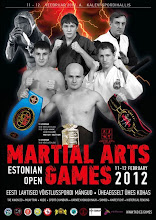It may seem to be exclusively a place of magical excitement, but there is more to it than that.
February in Venice is carnival season, where things are far from what they seem, and it is impossible to distinguish between the performers and the spectators. Revellers flit through the alleys, and ghostly masks hang from the ceilings and walls of tiny shops . It is easy to get caught up in the crowds of people who have flocked to Venice for the carnival, to munch on "fritelle", small doughnuts made only during carnival season, and to forget that there is more to Venice than just entertaiment.
Everyday life takes place on and near the water. Venice is a working, morden city, not a museum an certainly not a theme park. Rubbish collectors moor their dust carts at jetties every morning as people emerge from their houses to buy groceries from floating shops. They go to work by boat and walk along the waterfront eating ice-cream on Sundays. Of course, the real Venice is not just humdrum daily life or the remnants of history. For many visitors there is just too much to take in - too many works of art tucked away in too many churches. Crowds are thickest in Piazza San Marco, where children caught up in the excitement queue to have their faces painted, and tourists and revellers alike gather in the Caffee Florian , making it seem like a curiosity shop into which passers-by peer. It is certainly a fascinating experience, one that is unique to this beautiful, multi-faceted city.
